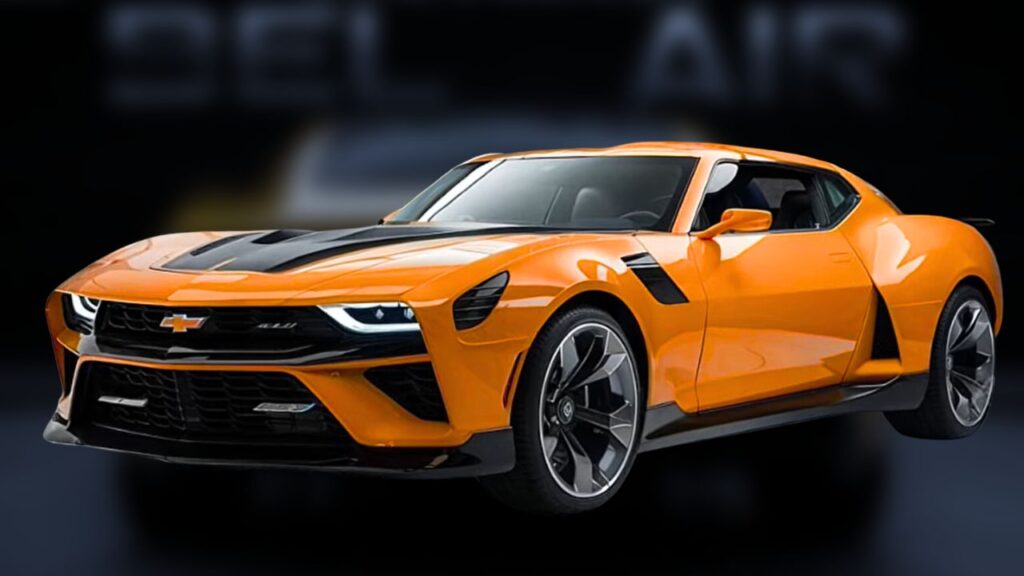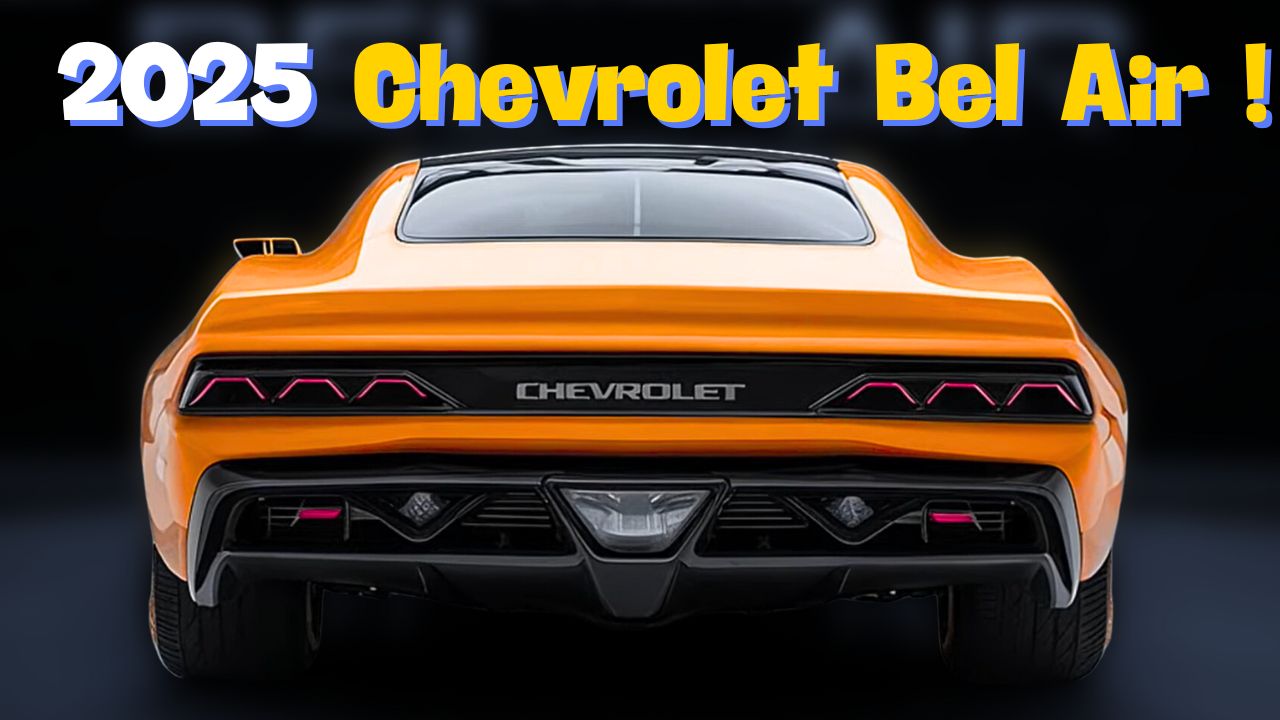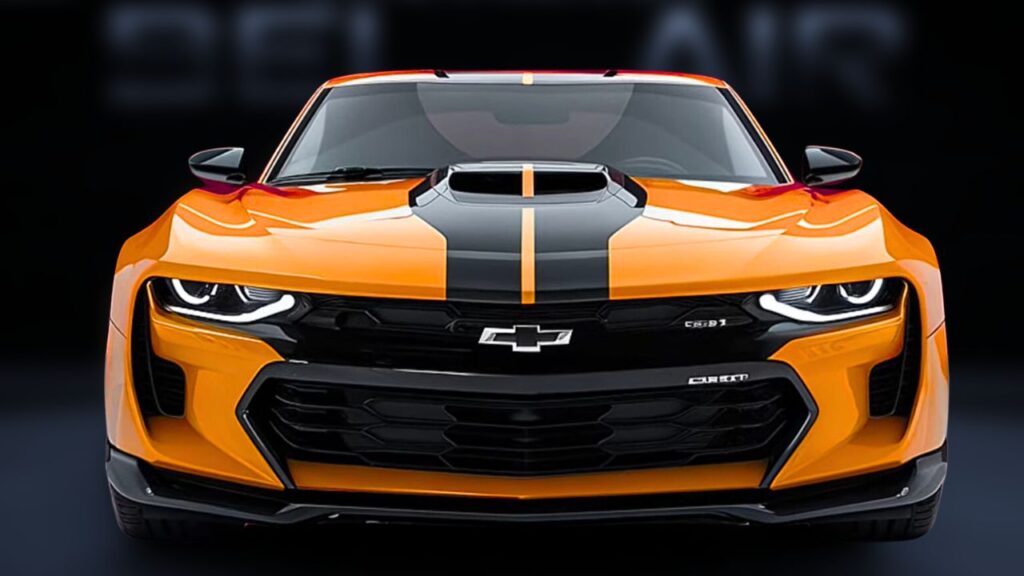
Is "Bel-Air" in 2025 Real? Examining the Legacy and Future of a Beloved Neighborhood
The iconic sitcom "The Fresh Prince of Bel-Air" captivated audiences in the 1990s, painting a vibrant picture of life in the affluent Los Angeles neighborhood of Bel-Air. Now, nearly three decades later, the show’s legacy continues to resonate, prompting a question: is the Bel-Air portrayed in the show a reflection of reality in 2025, or a romanticized fantasy?
This question is particularly relevant considering the recent success of "Bel-Air," the dramatic reimagining of the original series. This darker and more realistic take on the story explores themes of race, class, and family dynamics in a way that mirrors the social and political complexities of contemporary America. But how much does this new portrayal align with the lived experience of residents in Bel-Air today?
To answer this question, we must dissect the layers of reality and fiction that have shaped the perception of Bel-Air over the years.
The "Fresh Prince" Legacy:
The original "Fresh Prince of Bel-Air" was a cultural phenomenon, launching Will Smith’s career and introducing the world to the unique charm of West Philadelphia and the opulent world of Bel-Air. The show presented a fictionalized version of the neighborhood, focusing on the contrasting lifestyles of the Banks family and Will, a young man thrust into a world vastly different from his own.
While the show offered glimpses of the neighborhood’s affluent residents, its depiction of Bel-Air was largely confined to the Banks’ mansion and the surrounding streets. The show’s creators focused on the internal dynamics of the family and Will’s journey of self-discovery, using Bel-Air as a backdrop rather than a central character.
Reality Check: Bel-Air in the 21st Century
In the real world, Bel-Air is a diverse and vibrant community with a rich history. Located in the western part of Los Angeles, it’s known for its rolling hills, stunning views, and luxurious estates. The neighborhood is home to a mix of residents, including celebrities, business executives, and families who have lived there for generations.
However, the reality of Bel-Air is far more nuanced than the show’s portrayal suggests. While the neighborhood boasts high-end homes and a thriving real estate market, it also faces issues like gentrification, inequality, and a growing divide between the wealthy and the working class.
Gentrification and the Changing Landscape:
Over the years, Bel-Air has experienced significant gentrification, leading to rising property values and a shift in demographics. While the neighborhood has always been a desirable place to live, the influx of wealth and the increasing cost of living have displaced many long-time residents.
This trend has been amplified in recent years, with the rise of luxury developments and the construction of new mansions. While these developments have contributed to the neighborhood’s economic prosperity, they have also led to concerns about affordability and the preservation of its cultural heritage.
Diversity and Inclusion:
While the original "Fresh Prince" featured a predominantly Black cast, Bel-Air’s demographics are far more diverse. The neighborhood is home to people from various backgrounds, including African Americans, Latinos, Asians, and white Americans.
However, despite this diversity, there are still concerns about racial and economic disparities within the community. The high cost of living and the lack of affordable housing options have created a significant gap between the wealthy and the less fortunate, leading to challenges in promoting inclusivity and social mobility.
Beyond the "Fresh Prince": A Deeper Look at Bel-Air
Beyond the sitcom’s portrayal, Bel-Air is a place with a rich cultural history. The neighborhood was once home to prominent African American families and figures, including the legendary musician and activist, Billie Holiday.
Today, Bel-Air continues to be a hub for artistic expression, with a thriving music scene and a vibrant art community. The neighborhood is also home to numerous cultural institutions, including the Los Angeles County Museum of Art and the Hammer Museum, which showcase a diverse range of art and exhibitions.
"Bel-Air" – A More Realistic Portrayal?
The reimagined "Bel-Air" series offers a more complex and nuanced view of the neighborhood, exploring themes of race, class, and privilege that are often overlooked in the original show. The series portrays Bel-Air as a place where wealth and privilege can be both a blessing and a curse, highlighting the challenges faced by those who struggle to navigate its complex social dynamics.
By delving deeper into the issues of race and class, "Bel-Air" offers a more realistic portrayal of the neighborhood’s complexities. The series acknowledges the presence of wealth and privilege but also explores the struggles of those who are marginalized and excluded.
The Future of Bel-Air:
The future of Bel-Air is uncertain, as the neighborhood faces a balancing act between preserving its cultural heritage and adapting to the changing dynamics of the city. The increasing cost of living and the pressures of gentrification pose significant challenges to maintaining the community’s diversity and affordability.
However, there are also opportunities for growth and progress. With its rich history and vibrant culture, Bel-Air has the potential to become a model for inclusive and sustainable development, where wealth and opportunity are shared more equitably.
Conclusion:
The "Fresh Prince of Bel-Air" may have offered a glimpse into the world of Bel-Air, but it was ultimately a fictionalized portrayal of a complex and nuanced neighborhood. While the series captured the charm and allure of the area, it failed to fully address the challenges and realities faced by residents in the 21st century.
The reimagined "Bel-Air" series takes a more realistic approach, exploring the social and political complexities of the neighborhood in a way that reflects the contemporary world. By delving deeper into themes of race, class, and privilege, the series offers a more comprehensive understanding of the neighborhood’s dynamics.
Ultimately, Bel-Air is a place of contrasts, where wealth and privilege coexist with inequality and marginalization. The neighborhood’s future will depend on its ability to address these challenges and create a more inclusive and sustainable community for all its residents.
Whether the "Bel-Air" of 2025 resembles the fictionalized portrayal of the show or the more complex reality of the present is a question that remains open to interpretation. What is clear, however, is that the neighborhood continues to evolve, reflecting the changing landscape of Los Angeles and the broader American society.







